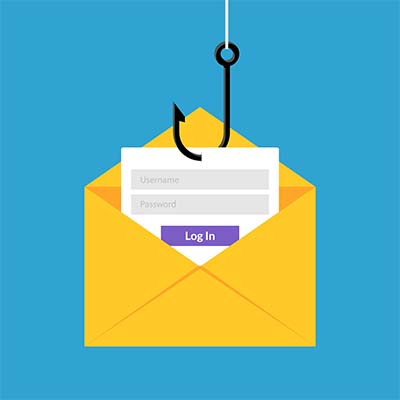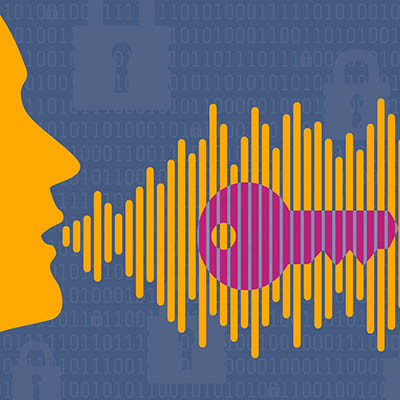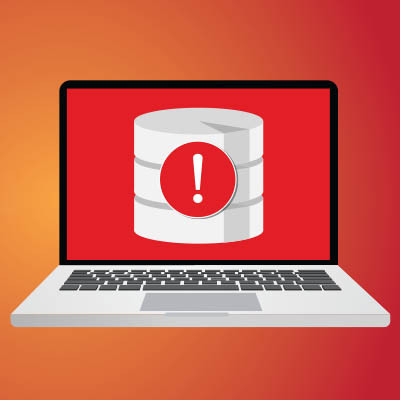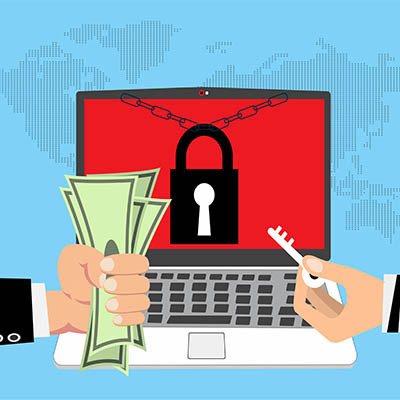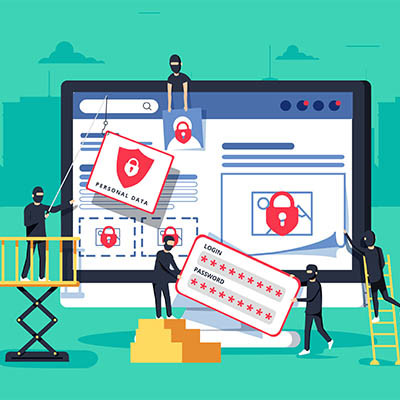JS Business Solutions Blog
When it comes to software solutions, many companies don’t have as much freedom as they might like to pick and choose the highest quality solutions available. Some companies might even opt to take advantage of free, open-source software simply because it is the best option that fits their price point. While there are benefits to open-source software, we want to encourage all users to also consider the dangers involved with using it.
Even the best employees will encounter situations where they might accidentally put your organization at risk due to a phishing attack. What are some of the telltale signs of a phishing scam and how can you tell when you need to be cautious? The subject lines of phishing emails can be indicative of their threat level. Let’s take a look.
In certain industries that are steeped in tradition, it can often be challenging to meet the stringent security requirements in order to keep up with modern threats. Take, for example, the modern law firm. Just how does a law firm go about securing its data and technology, and what must be considered when implementing security solutions for these types of organizations?
With so many workers performing tasks remotely, it’s no small wonder that authentication is one of the major points of discussion this year. How can you be sure that your company is doing all it can to verify a user’s identity before they access important information on your infrastructure? One such way you can do it is by using voice-based authentication.
Believe it or not, someone can actually purchase access to your organization’s network under the right circumstances. This is the unfortunate reality that we live in, where the commoditization of data and network access has become a real problem. According to a study from KELA, hackers can sell access to compromised networks for a pittance compared to the amount of work you have invested in building your business. Therefore, you must do everything in your power to protect your network and prevent this from happening.
The term firewall is not a new one, and it’s not as old of a term as you might think. Before it became commonplace in the computing environment, it was first introduced to the world in 1983 when it was used in a movie titled WarGames. Nowadays, it is used mostly in regard to network security. Let’s take a look at what a firewall does and what the different types of firewalls do.
Real cybersecurity preparedness is, like most things in a business, a team effort. Everyone needs to be aware of the best practices involved in cybersecurity. Naturally, this will involve training. In the interest of making sure this training is as effective as it needs to be, we’ve assembled a few best practices to keep in mind as you design a curriculum.
Authentication is a tricky thing for businesses. While people want to be secure, they also want to make that security as convenient as possible. Developments involving solutions like Windows Hello, a biometrics authentication system used by Microsoft, have been pushing this trend forward. Let’s take a look at Windows Hello and see what kinds of authentication features it brings to the table.
When it comes to network security, there is a lot that can go wrong for your business and countless solutions that you can implement to combat them. However, there are small practices that you can implement on a daily basis to improve security as a whole, so if your collective staff can implement this one easy trick, you might be surprised by how beneficial it can be for your network’s security. This practice? Locking your computer.
With every new day comes a new data breach that exposes the personal data of countless people. The most recent in this troubling trend is the LinkedIn data breach, an event that exposed 700 million profiles and led them to be put on sale on a hackers forum. LinkedIn denies the data breach, but how much truth is in this statement? Let’s take a closer look.
A new ransomware attack has surfaced, this time mostly targeting IT companies and their clients. The attack is specifically targeting the Kaseya platform. Kaseya is management software that many IT companies use to remotely manage and support technology. The attack in question attacked Kaseya’s supply chain through a vulnerability in its VSA software; this attack is notable because of how it targeted the supply chain, not only striking at the vendor’s clients—notably IT companies—but also their customers. Basically, this attack had a trickle-down effect that is causing widespread chaos for a massive number of businesses.
Ransomware has taken over the security industry, as we are sure you have seen from the endless headlines associated with it. All business owners must remain cognizant of the dangers that ransomware represents. A new study has found that organizations infected by ransomware that wind up paying the ransom are not necessarily better off--in fact, paying the ransom could have disastrous consequences.
Hackers have made some nefarious choices over the past several months, many of which involve using the COVID-19 pandemic to spread their influence and steal data through the use of phishing attacks. Let’s explore how these cybercriminals have leveraged a global disaster to their benefit and some ways that you can keep your business secure.
Data privacy is central to most conversations in the business environment, and in a time when ransomware and hacks of all kinds are constantly receiving media presence, it’s no surprise that it is sensationalized to a certain extent. That said, it’s critical for businesses to understand what needs to be done to future-proof their data privacy infrastructures.
Many businesses have chosen to take advantage of two-factor authentication for their security needs, but there are far too many that have chosen not to. The methods might vary from organization to organization, but the general principle remains the same. We’re here to share with you how to implement two-factor authentication for three common business accounts: Microsoft, Google, and Apple.
Blockchain technology might be best known for its use with cryptocurrencies such as Bitcoin and Dogecoin, but that’s just one type of blockchain. There are other varieties that could prove useful in certain sectors. Let’s take a look at what they are, how they might be used, and what some of their benefits and shortcomings are.




